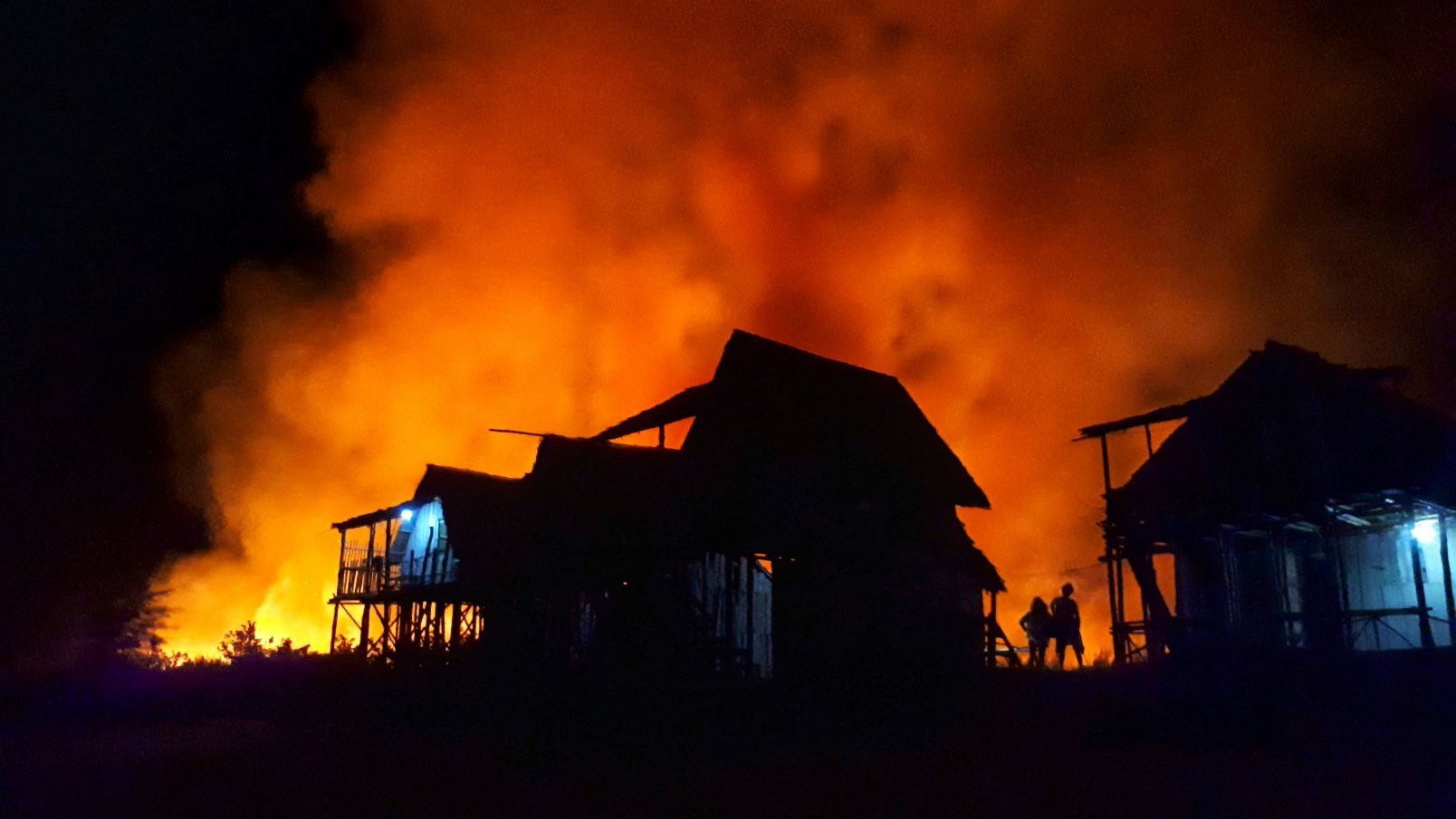Building Earthquake Resiliency




Recently, California communities across the state have been experiencing earthquakes, a good reminder for everyone to be prepared when shaking starts. Californians have experienced several earthquakes in El Centro, Malibu, Ojai, Salinas, and Morgan Hil in the past few weeks.
Continuing to lead the country in disaster resiliency, the California Governor’s Office of Emergency Services (Cal OES) is also home to Earthquake Warning California. Using state-of-the-art technology, Cal OES’ Earthquake Warning California has alerts and resources to prepare individuals and families for the next big quake.
Knowing what to do if an earthquake hits our community is essential because it’s not if but when it happens.
PREPAREDNESS TIPS
- Sign up for lifesaving alerts through Earthquake Warning California
- Know how to protect yourself during an earthquake
- Drop to the ground, cover your head with your arms, and hold onto your neck until the shaking stops.
- Develop an emergency preparedness plan
- Create a customized emergency plan for your specific needs
- Pack an emergency supply kit
- Your emergency kit should address all daily needs
- Understand and mitigate hazards
- Visit myhazards.caloes.ca.gov to learn about local risks and how to prepare your home (including securing furniture, appliances, home fuel systems and more)
RECEIVE ALERTS
Individuals and families can receive earthquake warnings through the California Earthquake Early Warning System in three ways.
- MyShake App: Free smartphone app that provides iPhone users with audio and visual warnings in English and Spanish.
- Android Earthquake Alerts: Android phones with updated operating systems are automatically subscribed to Android Earthquake Alerts, which uses the same technology as the MyShake App and
- Wireless Emergency Alerts (WEAs): No-cost text messages for emergencies sent through the nationwide system providing lifesaving information for the State of California
EARTHQUAKE WARNING CALIFORNIA
As California continues to harness the power of science and technology to help keep our communities safe, seconds can save lives in earthquakes.
Californians can be proactive in their readiness by learning about Earthquake Warning California, which provides preparedness tips and advance shaking notifications to Californians.
Warnings delivered through the system are based on a computerized program called ShakeAlert, operated by the United States Geological Survey (USGS) in partnership with Cal OES that analyzes data from seismic networks in California, calculates preliminary magnitudes, and then estimates which areas will feel shaking.
The Earthquake Early Warning System marries a smartphone application with traditional alert and warning delivery methods such as Wireless Emergency Alerts (WEA). The system uses ground motion sensors from across the state to detect earthquakes before humans can feel them.
In addition to the emergency alerts sent to individuals through MyShake and Android, the underlying technology is also being used to automate protective actions such as slowing trains, opening firehouse doors, recalling elevators, shutting off water and gas valves, well and closing bridge gates and notifying personnel in school and medical settings.
In 2019, on the 30th anniversary of the deadly Loma Prieta earthquake, Governor Newsom announced the launch of the nation’s first statewide Earthquake Early Warning System.
Join your neighbours in being prepared and aware of what to do when the next big earthquake occurs. For more earthquake preparedness tips, visit earthquake.ca.gov.
The Pacific Northwest Building Resilience Coalition is actively promoting policies and programs to better protect our communities and infrastructure from the impacts of natural disasters such as earthquakes.
____________________________________
Adapted from an article posted by the California Governor’s Office of Emergency Services, Feb 13, 2024
Recent Posts
Mobilizing Resilient Design and Construction
Implementing a multifaceted strategy can motivate state and local governments to prioritize resilient design and…
Insurance Pricing: Navigating a New Era of Risk
The growing frequency and severity of climate-related disasters present a significant challenge for the insurance…
Designing for Resilience … It’s A Must
We see far too often structures built to current code that lack planning and design…
What are the Real Benefits of Designing for Resilience
While designing for resilience requires initial investments, the long-term payoffs often far outweigh these costs.…
Reducing Disaster Risks and Protecting Insurability in the Pacific Northwest
Proactive measures to enhance resilience and preparedness are critical to mitigating insurability risks. This will…
How to Achieve More Resilient Building Codes
More comprehensive disaster prevention perspectives are needed to enable communities better to withstand the increased…


